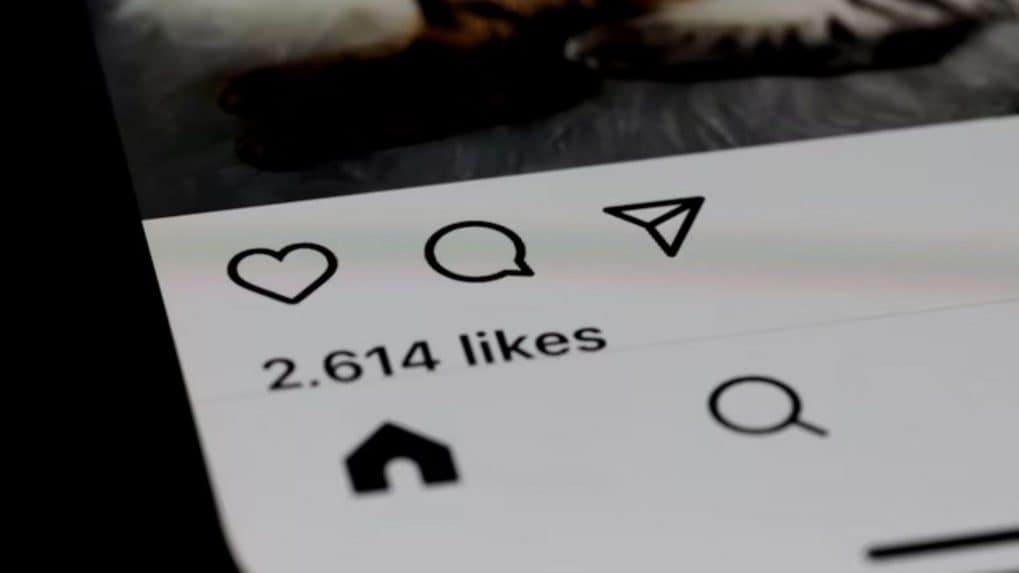Digital
Why OpenAI is hiring 100 ex-bankers: Inside the ChatGPT-maker's secret project to automate Wall Street's grunt work

In today’s attention economy, a single tap speaks louder than words. But what happens when that tap – whether a like, heart, or care emoji – lands on posts about war, death, or disaster?
As timelines flood with tragedies and triumphs alike, our digital responses are probably becoming increasingly detached, or otherwise? Is this a sign of compassion fatigue, a design flaw in our platforms, or something deeper in human psychology?
“Like” as default: The new digital numbness
“No, it’s definitely not something deeper,” says Gayatri Sapru, Anthropologist and Founder of Folk Frequency, when asked why people instinctively react to tragic posts with emojis. “For most people, just pressing like is the way in which they show that they have read something or they have some resonance with it. That can be good, bad, sad, happy… It is not really considered beyond that point.”
The act, as Sapru explains, is often a form of digital acknowledgement – not approval. “It’s a way of saying this has registered with me.”
And yet, when you scroll through a heartfelt obituary or a report on a terror attack and find hearts and thumbs-up reactions, it’s easy to ask – have we lost emotional nuance?
Prakash Sharma, co-founder of 1001 Stories, offers a behavioral science perspective. “Most of the time, us liking content that is inappropriate is a function of the superb ease of reacting via a ‘like’ and the absolute lack of consequence in the digital world. Plus, let’s not forget ‘morbid curiosity’ – this innate need in us humans to look at things that are related to violence, death, and general destruction.” In short, digital actions are no longer emotionally calibrated – they’re just convenient.
Are we desensitized or just overloaded?
Sapru believes this isn’t just insensitivity – it’s a symptom of emotional burnout. “We’ve moved beyond the point of processing fully, cognitively, emotionally, what a news piece means. Even if you read about a genocide or a murder, you stop, you press like or sad face and move on. You don’t actually dwell on it.”
Sharma echoes the sentiment through a psychological lens: “Desensitization and compassion fatigue can only be fought – by increasing the proportion of ‘real world data’ in the slice we access. Just stepping into the street and talking to people… helps you appreciate nuance. It makes you compassionate.”
Both experts suggest that the flood of digital content doesn’t allow room for pause – only reaction.
The platform problem
Could this all be by design? According to Sharma, absolutely. “Platforms today are designed to reduce cognitive load and make us act non-consciously, without much thinking,” he explains. “Every tiny feature – from notifications to the choice architecture – is about dopamine hits and increasing engagement.”
He cites Twitter’s short-lived “Read before you tweet” prompt as a useful nudge. “It was designed to make you pause. Not sure why they didn’t roll it out worldwide.”
Sapru adds, “If the paltforms were able to enable or disable certain emojis, people wouldn’t be able to use them. Like is the default just to show something has registered. There are people who don’t even know they can use more or other emojis.”
Intent vs impact: Is there a right way to proceed?
So where do we draw the line between digital solidarity and performative behavior? “It’s a very personal question,” says Sapru. “I think my advice is not to take it at face value. I don’t think people who are liking or even putting a happy face are saying they’re happy. They’re just trying to validate that they’ve read the posts.”
Sharma suggests a practical behavior tool: WAIT – Why Am I Talking?
“You are supposed to slow down and ask yourself if you’re adding value to the conversation or simply talking for the heck of it. It’s a good habit – we all need to learn to WAIT, both online and in real life.”
Designing for deliberation
To create a more mindful digital culture, both experts agree on one thing: design can help.
“Anything that makes the user pause would be helpful,” Sharma says. That includes limiting one-click reactions, adding content warnings, and even reintroducing narrative breaks – the digital equivalent of the ‘sports section’ signaling the end of serious news.
Sapru echoes the sentiment. “The platform can do a lot, but the creator has to be responsible also. If you want to have people not respond in a certain way, you can put it in your image or in your caption that people should respond sensitively – or even disable comments.”
In the end, the question isn’t whether a like is good or bad. It’s whether we’re ready to slow down, ask ourselves why we’re reacting – and whether that reaction does justice to the world behind the screen.
From Delhi’s sharp-tongued lyricists to Chennai’s bilingual innovators and North-East India’s experimental beatmakers, Rap 91 LIVE’s lineup was a sonic map of the country’s cultural diversity.
Read MoreAs WPP reels from revenue declines and vows sweeping restructuring, Publicis and Havas ride strong AI-led client demand. With Omnicom and IPG on the cusp of a historic merger, the global advertising landscape braces for a power realignment built on data, technology, and efficiency.